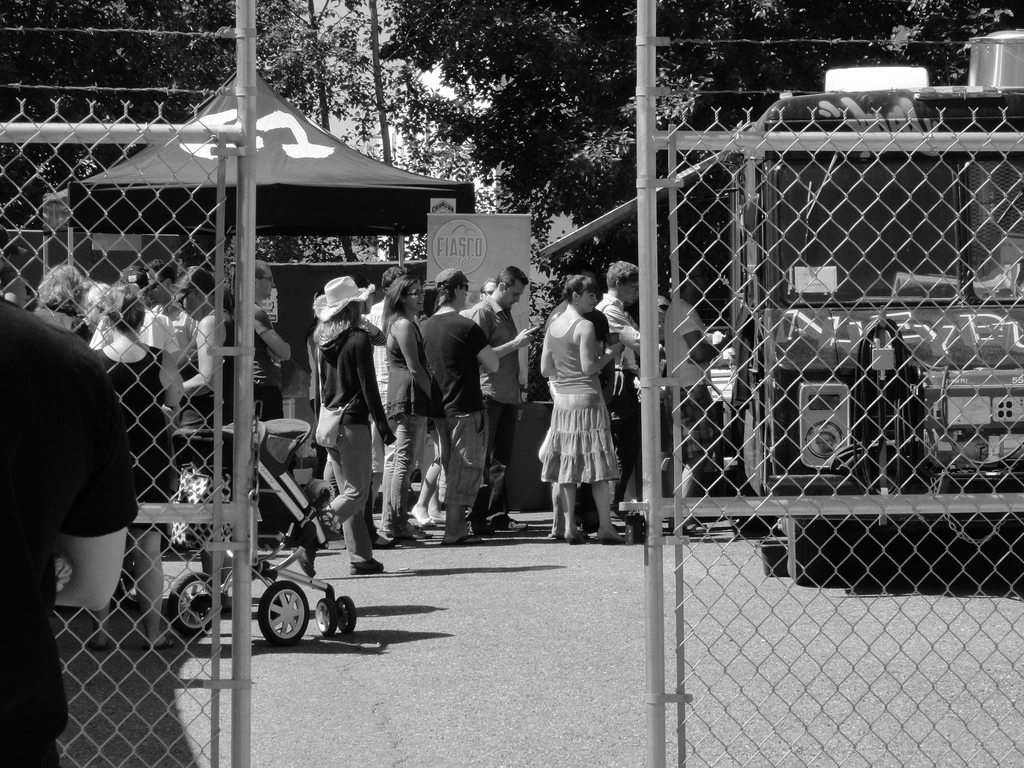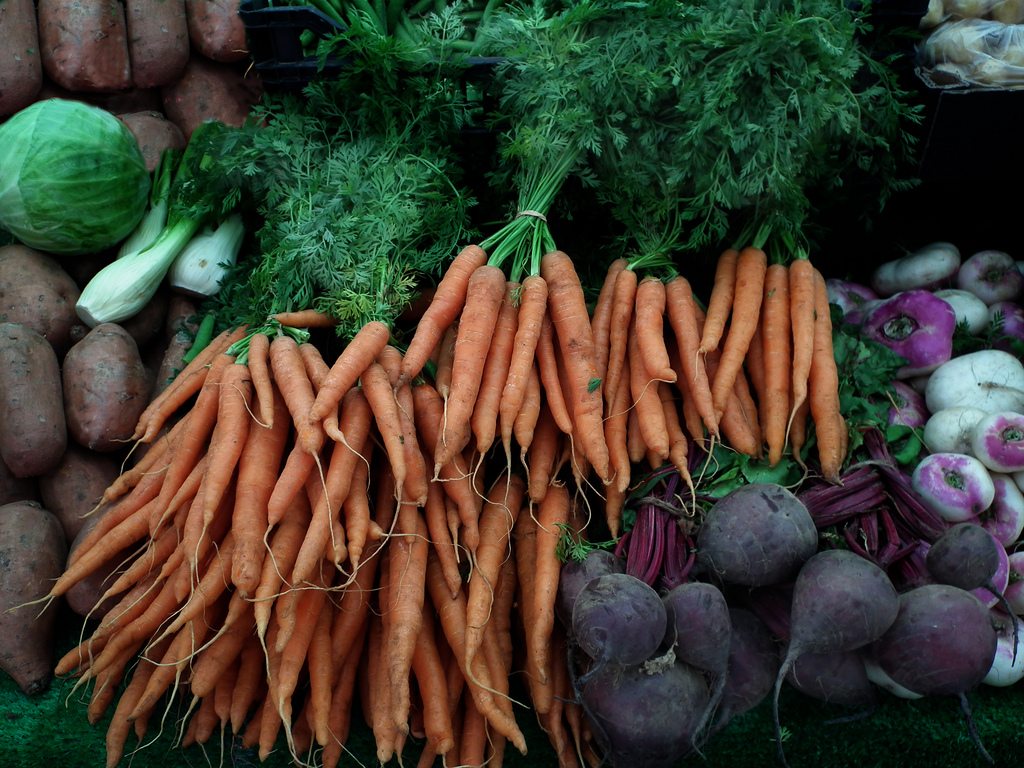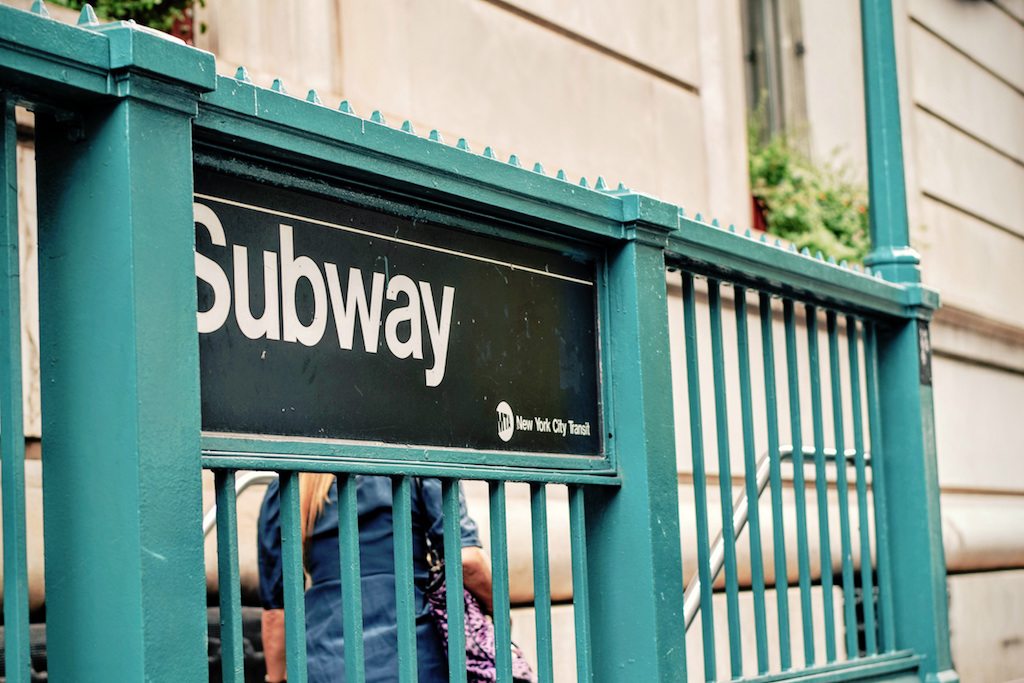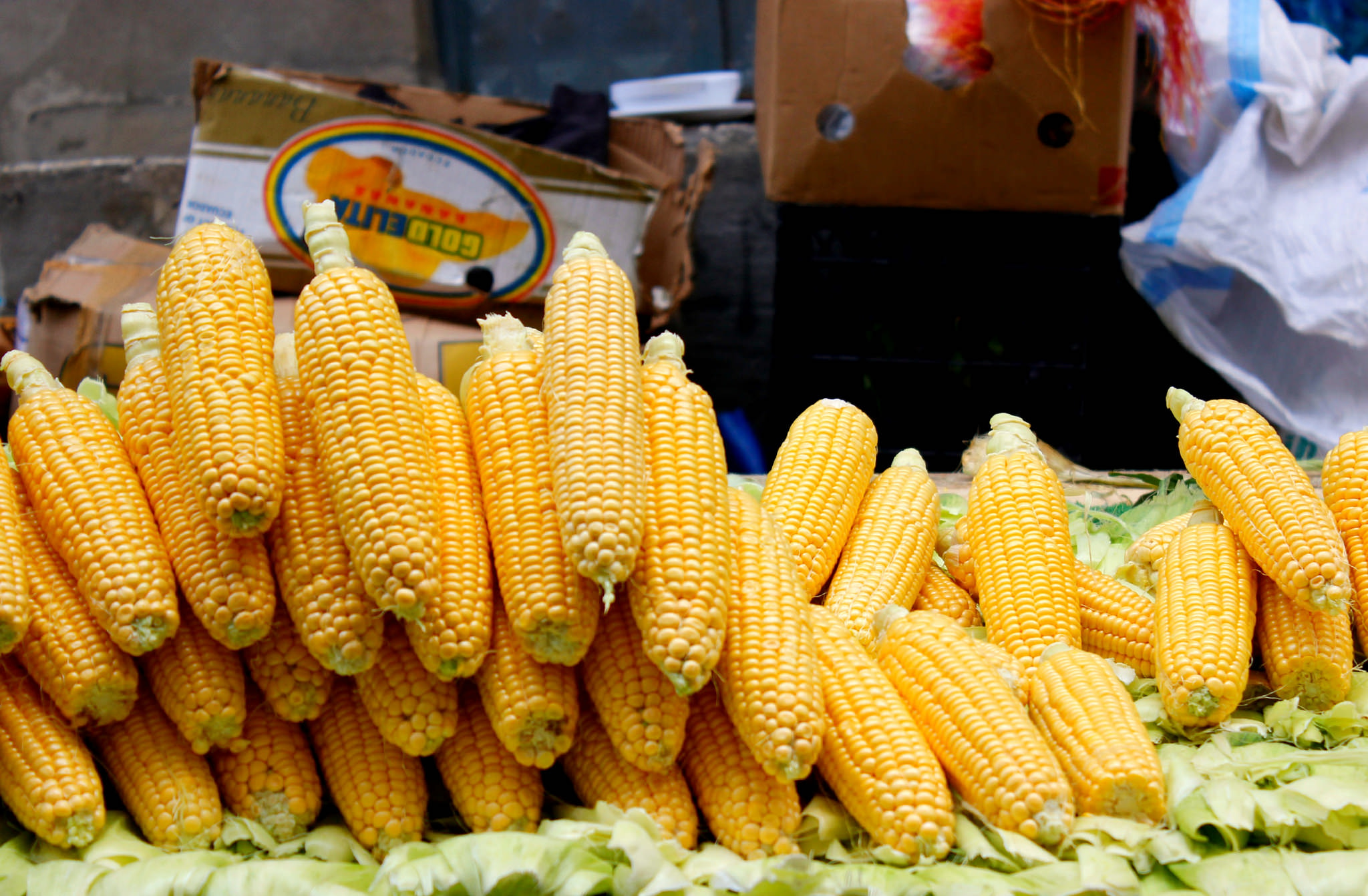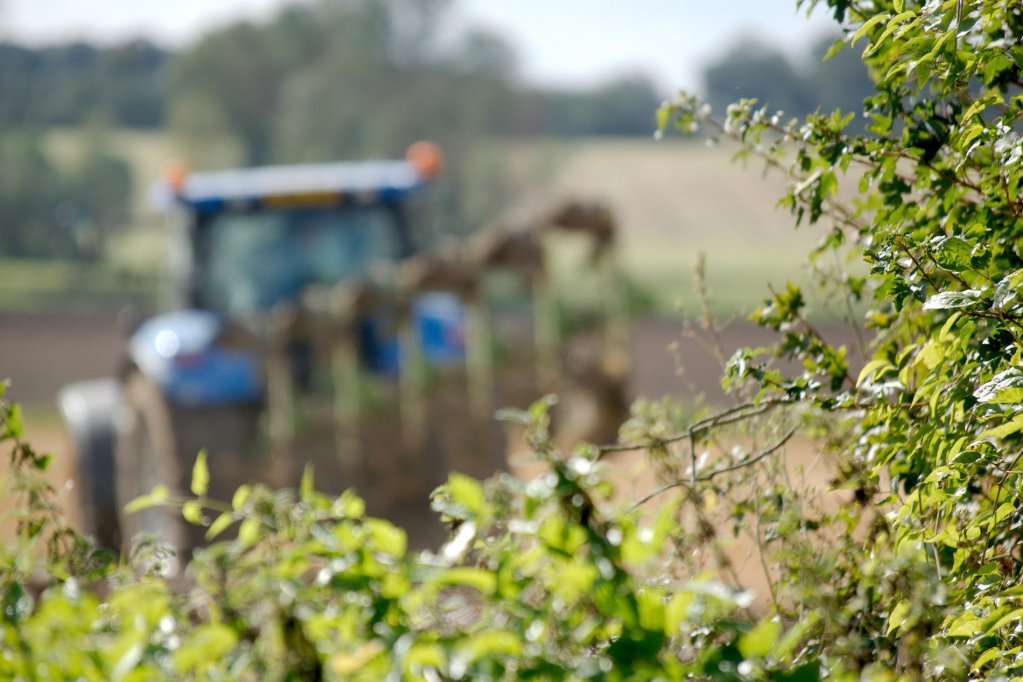In bars, restaurants, food trucks, and processing facilities across the United States, sex and labor traffickers are exploiting thousands of men, women, and children. And the news gets grimmer: the same is true in orange orchards, corn fields, and dairy farms. But until now, the scope of the crime has been difficult to understand. That’s because trafficking networks are run very much like businesses, each with its own particular model, trafficker profile, recruitment strategy, and victim profile—and each with its own method of control and concealment.
But the movement to eradicate exploitation just got a badly-needed new tool: data. A report out this week from Polaris, an organization working to disrupt human trafficking networks and provide aid to victims, offers a first-of-its-kind classification system that identifies the 25 different manifestations of what it calls ‘modern slavery’—from escort services to domestic work and outdoor solicitation.
Among the 25 are three classifications particularly pressing for the food system and its related economies: bars, strip clubs and cantinas; restaurants and food service; and agriculture and animal husbandry. From December of 2007 to December of 2016, Polaris-operated hotlines received 32,308 phone, email and text reports of potential human trafficking and 10,085 potential cases of labor exploitation. Its research team analyzed the case data (which the report says is the largest set on human trafficking in this country ever compiled) and segmented the market beyond the two broad, existing categories—sex and labor trafficking—to help the general public better understand how trafficking operates in their communities, and counter-trafficking campaigns make better use of their resources.
The report shows several different business models at work in the food industry, but in general, recruitment involves luring victims with the promise of good wages for jobs as cooks, bus, and wait staff, or solid hourly rates for agricultural work, and safe passage to the U.S. In exchange, U.S. citizens and foreign nationals from East and Southeast Asia, Mexico, and Central America are often subjected to violence, verbal abuse, wage theft, and long hours, and even denied medical treatment for workplace injuries or threatened with deportation.
In restaurants and fields, victims seem to share a common burden: debt. Employer-controlled housing, where workers are often crowded in squalid living conditions, can cost them well above market rate. And agricultural workers are frequently charged travel and recruitment fees, “even though these costs are the responsibility of the employer under U.S. visa regulations for H-2A holders,” the report says. (H-2As are seasonal visas.) Processing facility workers are typically H-2B holders (non-immigrant temporary visas) and sometimes minors, who are denied bathroom breaks to increase line productivity, subjected to extreme surveillance, and controlled by threats of reporting them to immigration authorities.
It’s important to remember what data can’t show: the impact of trafficking on survivors. “But recognizing the heterogeneity of the survivor experience also creates more pathways for meaningful engagement of lived experience in each type,” writes data researcher Brittany Anthony, in a post on the Polaris site about why classification is necessary. “Allowing survivors to reclaim and define their narratives is fundamental in our approach.”
And what about next steps? Data gathering and analysis can help us be more specific in strategizing efforts—and perhaps more important, keenly aware of slavery, the worst crime one human being can commit against another—but data wins only the battle of better understanding. The Polaris report does make one very tangible recommendation: federal reform and oversight of non-immigrant work visas.
Senate Judiciary Committee Chairman Chuck Grassley and Assistant Democratic Leader Dick Durban in January introduced legislation to “restore fairness in visa programs for skilled foreign workers,” enforce employer compliance with program requirements, and penalize abuse. Sounds promising, but the reforms are targeted only at H-1B visas, which are for highly-skilled workers in fields like medicine and law, and require, at minimum, a bachelor’s degree. (The legislative language is cloaked in put-America-first-and-end-outsourcing rhetoric.)
Still, proponents of reform say these visas, too, can be used to exploit labor, and perhaps the renewed emphasis that the Grassley/Durbin legislation puts on changing how we review, audit, and investigate employers will prove inadvertently good for anti-trafficking campaigns. Regardless, the Polaris report is a sobering reminder of how little we know about our own labor force.
